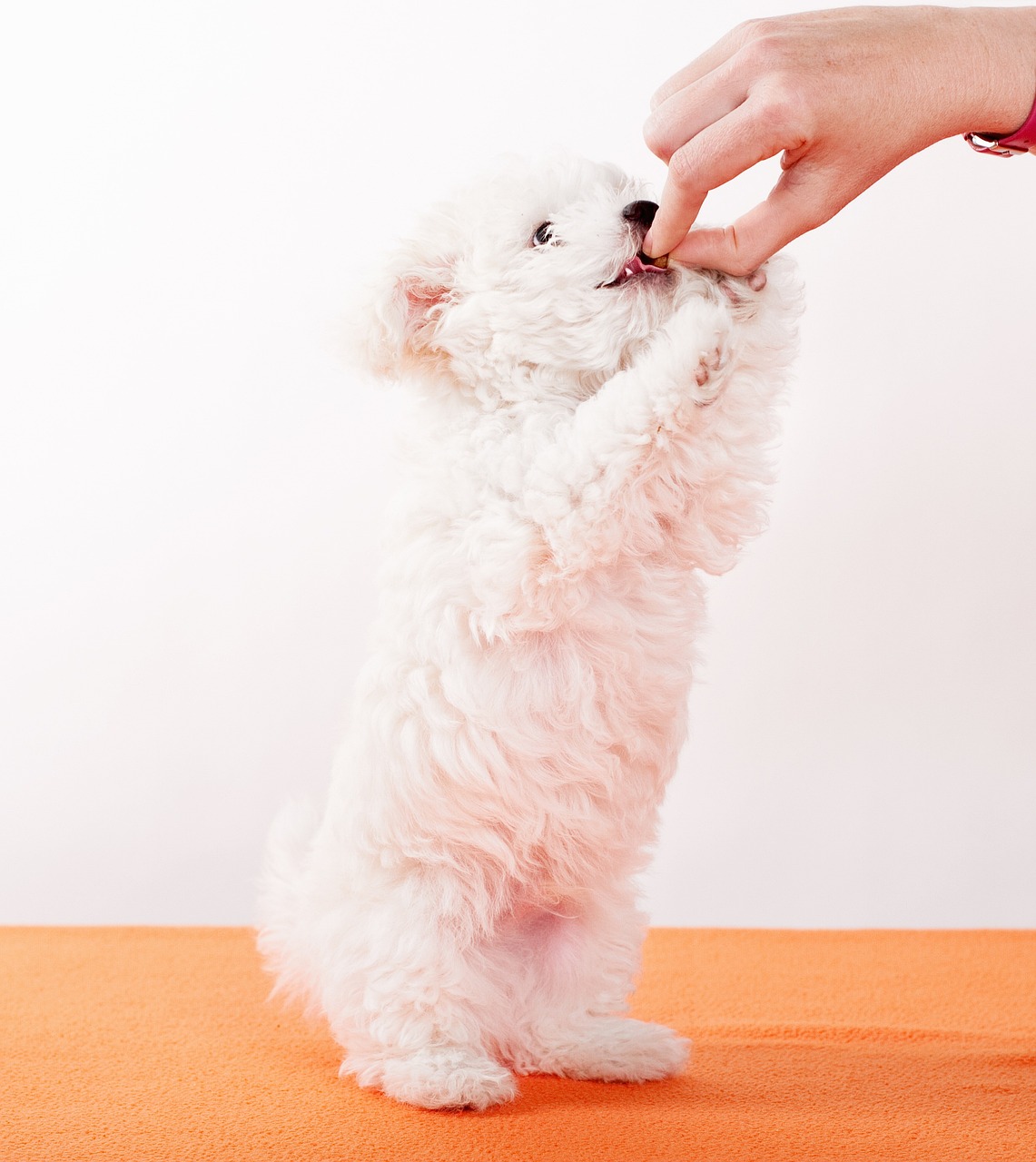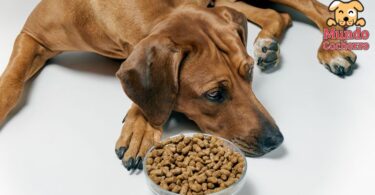Having a dog as a pet means having an additional member of the family. These furry creatures quickly win our hearts and their place within the family group. That is why it is important to create habits that are essential to keep you in good general health. In this post we tell you about how to create a routine for feeding your dog.
In fact, creating a feeding routine for your dog is essential to maintaining his health and well-being. Remember that one of the most important aspects of your dog’s health and well-being is its nutrition. This means that it is important to have a good routine for feeding your dog. This will help you stay healthy and happy.
Create a feeding routine
Here are some steps to establish an effective feeding routine for your dog:
- Research dietary needs: Before establishing a feeding routine, research your dog’s specific dietary needs. This includes your age, size, activity level and overall health.
- Choose the right type of food: Decide whether to feed your dog dry food, wet food, raw food, or a combination of these. Consult your veterinarian to determine the best option for your dog based on its health and needs.
- Determine the amount of food: Consult the feeding guidelines on the food package or talk to your veterinarian to determine the right amount of food for your dog. Adjust this amount according to the size, activity and ideal weight of your dog.
- Set fixed schedules: Decide on specific times for your dog’s meals. Most adult dogs benefit from two meals a day, although some smaller or active dogs may need three. Keep consistent schedules every day.
- Create a quiet place to eat: Choose a quiet, distraction-free place for your dog’s meals. This can help prevent anxiety and interruptions while eating.
- Limit feeding time: Give your dog a limited time to eat (usually 10 to 15 minutes). If he does not finish his meal within that time, remove the plate. This prevents your dog from becoming fussy and promotes more efficient feeding.
- Avoid between-meal feeding: Avoid giving your dog snacks or food between meals, as this can lead to overweight and unbalance his diet.
- Stay consistent: Once you have established an eating routine, try to keep it consistent. Dogs adapt to regular schedules, which can help them feel secure and anticipate their meals.
Control and exercise
Observe the weight and general condition of your dog’s body. If you notice significant fluctuations in weight, adjust the amount of food in consultation with your veterinarian. It is also good to combine your eating routine with daily exercise. You can schedule walks before meals to keep your dog active.
Of course, it is always a good idea to talk to your veterinarian before establishing a feeding routine to make sure you are providing the best diet for your dog’s health.
Remember that each dog is unique, so it is important to adapt the feeding routine to their individual needs. Feeding is a fundamental part of your dog’s care, so take the time to make sure you are providing the best option for his well-being.
Image courtesy of https://pixabay.com, all rights reserved.








